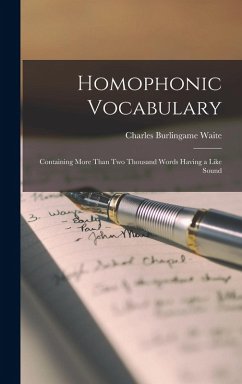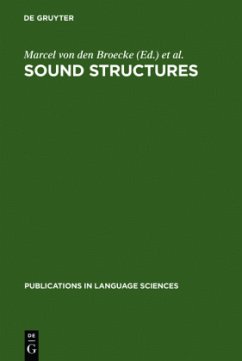
Drift (linguistics)
Versandkostenfrei!
Versandfertig in 6-10 Tagen
23,99 €
inkl. MwSt.

PAYBACK Punkte
12 °P sammeln!
High Quality Content by WIKIPEDIA articles! There are two types of linguistic drift, a unidirectional short-term and cyclic long-term drift. According to Sapir, drift is the unconscious change in natural language. He gives the example Whom did you see? which is grammatically correct but is generally replaced by Who did you see? Structural symmetry seems to have brought about the change: all other wh- words are monomorphic. The drift of speech changes dialects and in long terms, it generates new languages. Although it may appear these changes have no direction, in general they do. For example, ...
High Quality Content by WIKIPEDIA articles! There are two types of linguistic drift, a unidirectional short-term and cyclic long-term drift. According to Sapir, drift is the unconscious change in natural language. He gives the example Whom did you see? which is grammatically correct but is generally replaced by Who did you see? Structural symmetry seems to have brought about the change: all other wh- words are monomorphic. The drift of speech changes dialects and in long terms, it generates new languages. Although it may appear these changes have no direction, in general they do. For example, in the English language, there was the Great Vowel Shift, first described and accounted for in terms of drift by Jespersen (1909-1949). Another example of drift is the tendency in English to eliminate the -er comparative formative and to replace it with the more analytic more. Thus, we now regularly hear more kind and more happy instead of the prescriptive kinder, happier.












